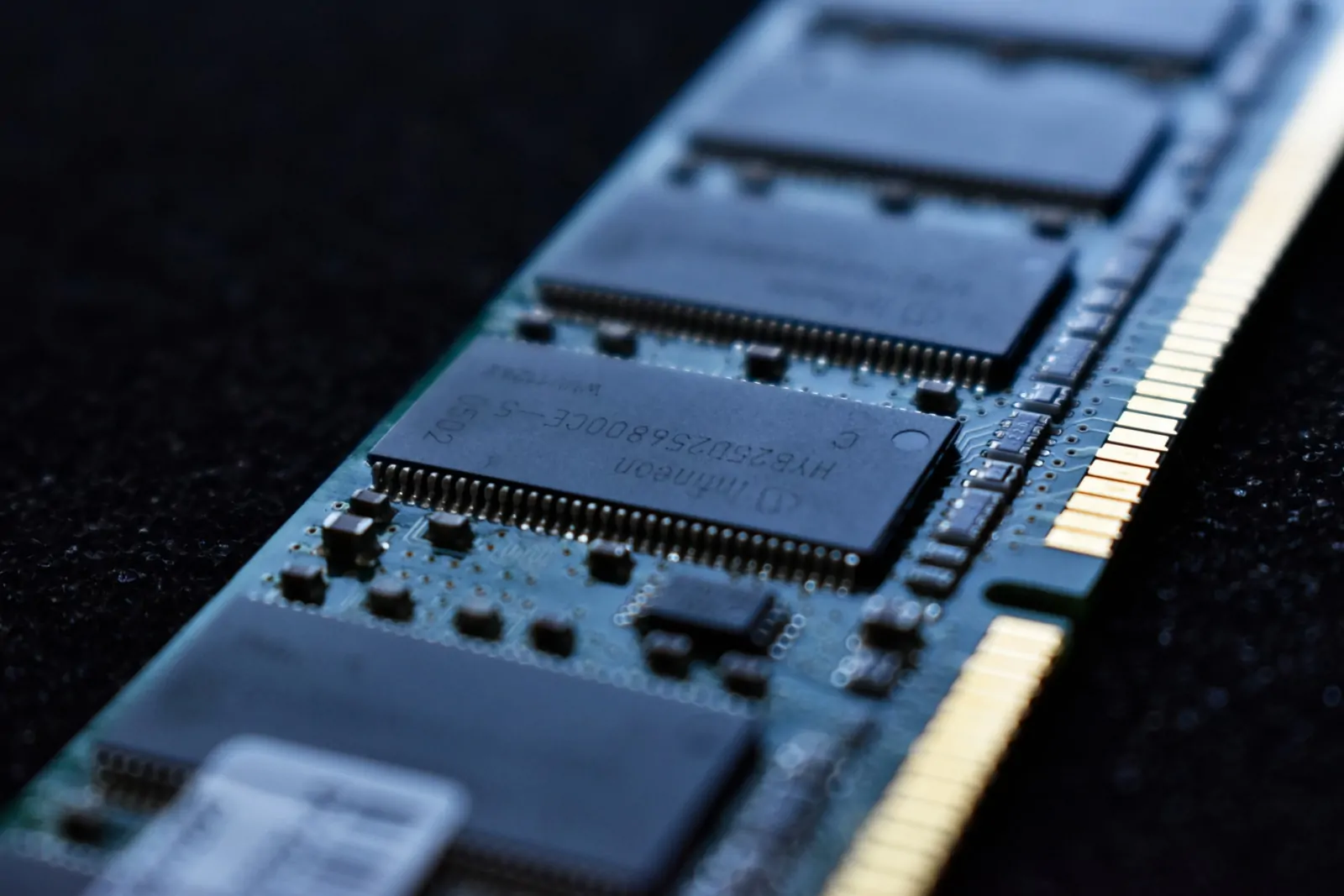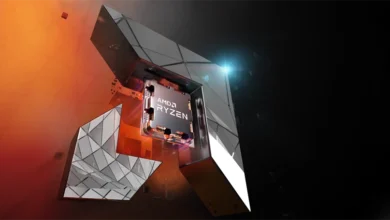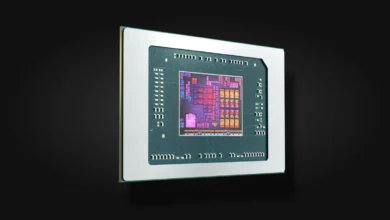The Ethernet Turns 50: The Cable Which Changed Networking
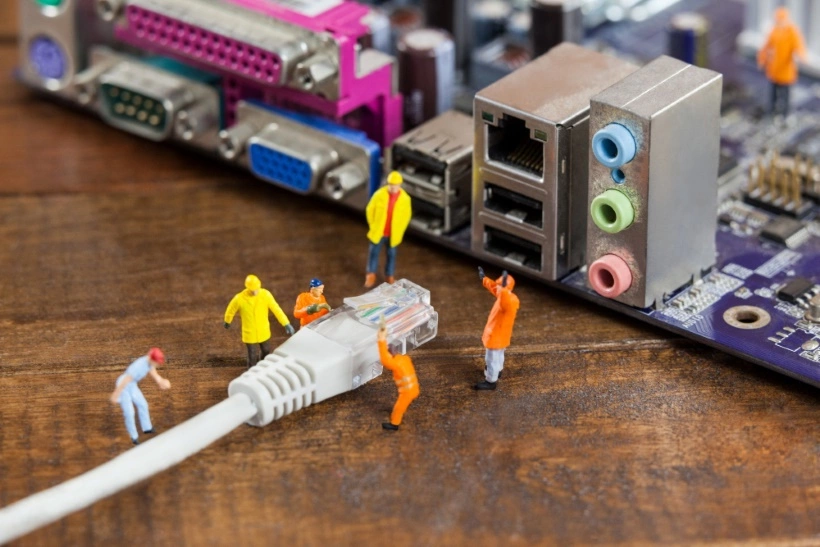
The Ethernet cable, which is probably one of the most important piece of wire in the world of networking technology, was invented 50 years ago.
The Xerox PARC, now named just PARC, is a company which is a research and development wing of Xerox. It is best known for inventing things like laser printing, modern day PC, GUI and computer mouse among many other things.
By 1973, Robert Metcalfe, a young engineer back then, had started working in Xerox PARC. During his time at the company, Robert Metcalfe was asked by the Xerox PARC to create a wired network which allowed them connect with the laser printer in the company office. Laser printer, which engineers at Xerox PARC were still designing and was in development.
His task wasn’t easy. Creating a wired network which was not only fast enough to allow high speed laser printers to work with computers, but also a network which could connect hundreds of computers together in a building.
During the course of this work, he remembered about a wireless network called ALOHAnet which was used by the University of Hawaii. ALOHAnet was used by the university computers to communicate with each other on a wireless network based on radio waves which allowed them to send and receive data.
While studying the network, Robert Metcalfe found some flaws in it and improved it. He then decided to make a wired model of it. He named it Alto ALOHA Network, which was later renamed to the Ethernet.
Ethernet’s Invention
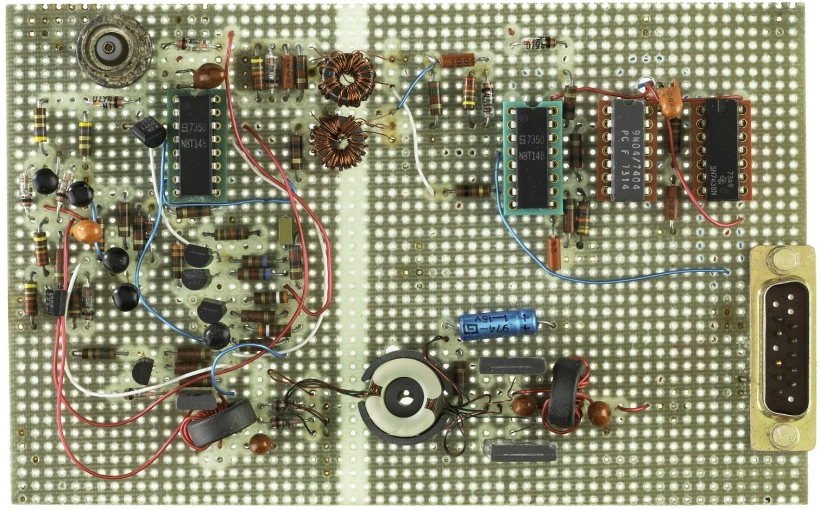
On 22nd May 1973, Robert Metcalfe penned down the detailed idea behind the Ethernet network. This is the day that the Ethernet was invented.
At Xerox PARC, Robert Metcalfe met other engineers who helped him co-develop the Ethernet. This included David Boggs, who had prior experience in radio networks and found similarities between ethernet and radio broadcasting network. Both went onto implementing the idea behind the Ethernet. Which took several months to come to fruition.
Initially, the Ethernet wire didn’t use to look as it does now. This is because it wasn’t based on twisted pair wires. It was based on co-axial cable, the same one we use for cable television network.
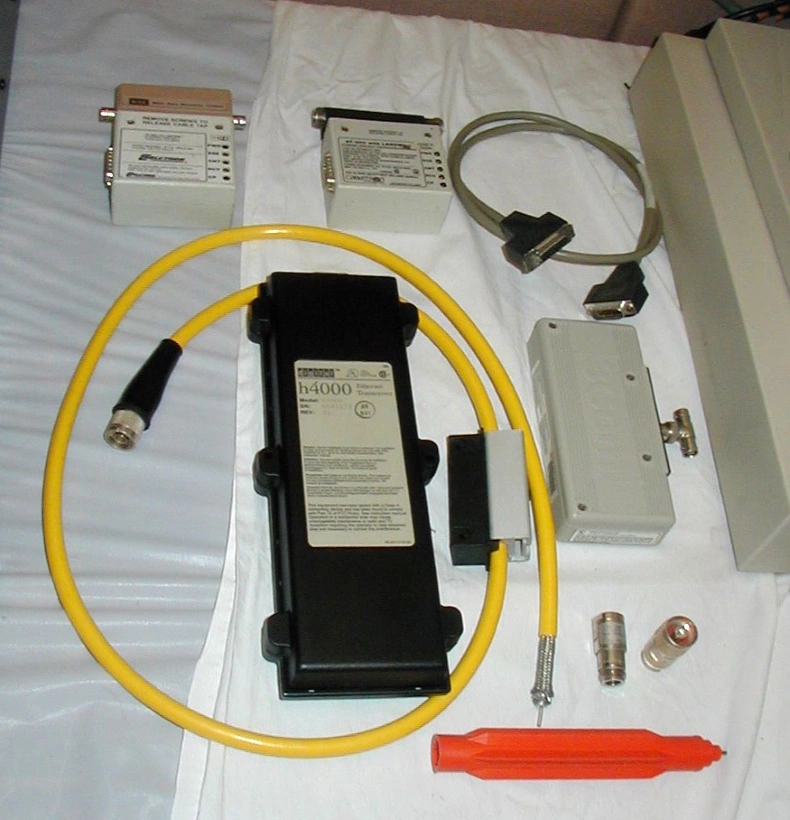
At the time of invention, the Ethernet supported a maximum speed of 2.94 Mbps (367 KB/s). Which was later improved to support 10 Mbps.
Later, Robert Metcalfe left Xerox to create 3com, which became a pioneering company behind the spread of ethernet through it’s networking equipments.
At the helm of 3com, Robert Metcalfe convinced Digital Equipment Corporation, Intel and Xerox companies to work together to promote Ethernet as a standard. Together they released specifications for the Ethernet.
Later, IBM and General Motors joined them. Altogether, they created a standard and named it IEEE 802.3. This remains the main working group that governs the Ethernet wire.
In between all that, the biggest improvement in the Ethernet came when it was designed to work as a twisted pair wire, rather than a coaxial cable.
Invention of LAN Cable As We Know It
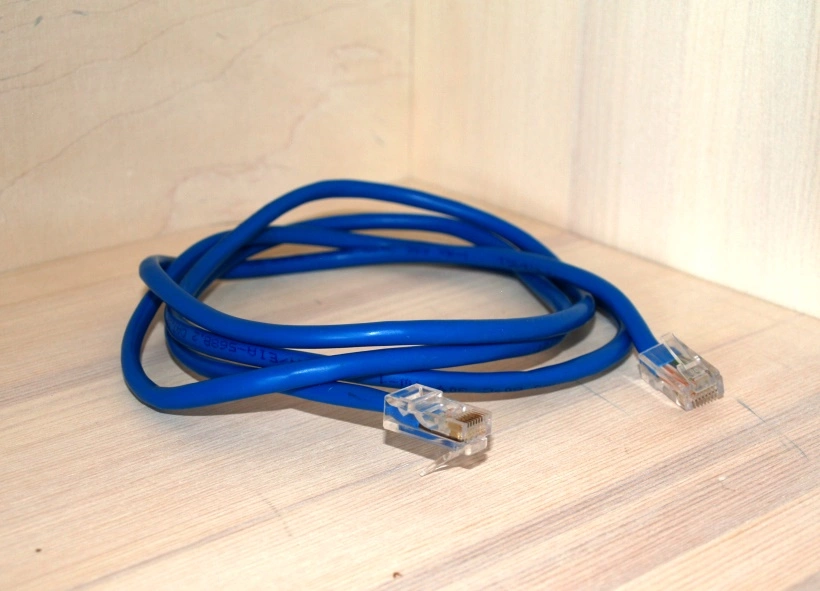
By the later parts of the 1980s, installing coaxial cable wires in buildings was becoming too expensive for telecommunication companies. This is when two engineers at AT&T invented Ethernet over existing telephone twisted wires. It was named StarLAN.
The idea was to re-use existing telephone wires to work as Ethernet. The telephone wire technology was heavily modified to allow both analogue and digital signals together, latter which is required for Ethernet to work. This is how Ethernet wire as we know it was invented.
Initially, StarLAN supported only 1 Mbps, which was later improved within a year to allow 10 Mbps.
Later, in 1995, Category 5 (CAT5) cables came to the fore. These CAT 5 cables allowed the Ethernet speeds to reach 100 Mbps.
By 2001, CAT 5 was superseded by Cat 5e, which allowed even better connection. It was pretty much a standard until recently. Now there’s CAT 6, Cat 7 and much more, allowing faster networking speeds.
Legacy & Modern Day Usage
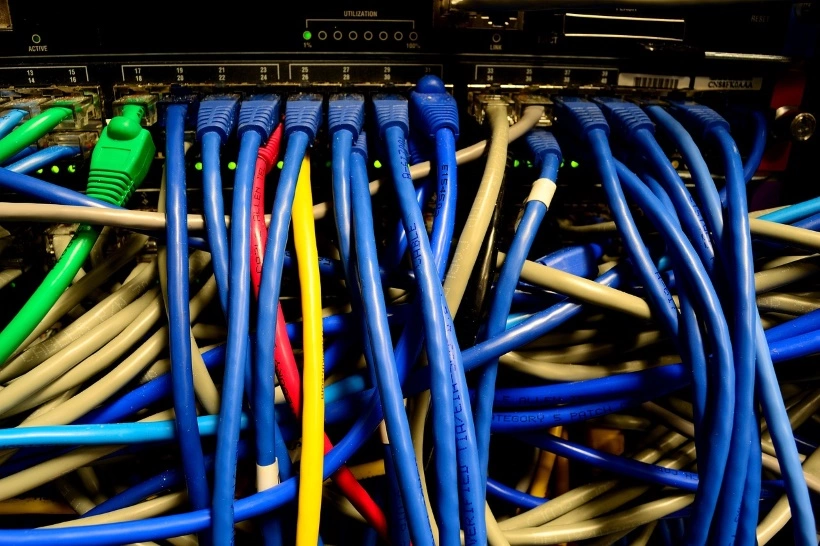
Throughout the years, the Ethernet specifications have kept improving and have added a lot of bandwidth, allowing up to Gbps of internet speeds.
However, the 1973 thesis by Robert Metcalfe is still available. Those who want, they can grab the 254-page-long PDF here or here.
On March 22 of this year, Robert Metcalfe was awarded with the Turing Award, which is considered to be the Nobel Prize of computing and rightfully so.
There’s a reason for that. The Ethernet cable remains among the most importable piece of wire in the history of networking technology. It changed how the world communicated with each other. In-fact, it is responsible behind the spread of internet throughout the world.
Yes, fiber internet has its big use in the modern day world, but the Ethernet’s contribution cannot be ignored.
For example. Go inside any server in the world. You will see huge amount of wires connected to each other. Even now, a huge amount of them would be Ethernet cables.
If that is not enough, if anyone has a computer connected at their place, it’s most likely connected through a LAN Ethernet wire, reaching an internet router. It’s so widespread that it’s unbelievable.
This unbelievable feat was accomplished only because one man wrote an idea on some papers 50 years ago and that is responsible for us to able to connect to the world of internet.
